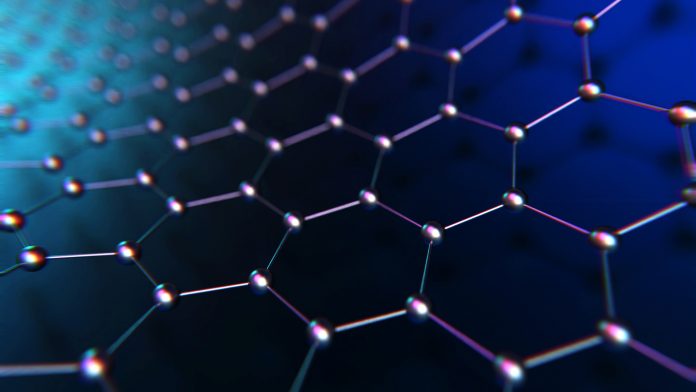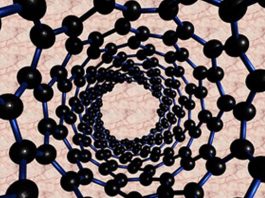Scientists from Tomsk Polytechnic University, Russia, and the University of Lille, France, have synthetised a new material for supercapacitors based on reduced graphene oxide.
The reduced graphene oxide was combined with organic molecules, derivatives of hypervalent iodine, to create a material that stores 1.7 times more electrical energy than conventional materials.
Pavel Postnikov, Associate Professor of TPU Research School of Chemistry and Applied Biomedical Science and the research supervisor said: “Despite their potential, supercapacitors are not wide-spread yet. For further development of the technology, it is required to enhance the efficiency of supercapacitors. One of the key challenges here is to increase the energy capacity.
“It can be achieved by expanding the surface area of an energy storage material, reduced graphene oxide in this particular case. We found a simple and quite fast method. We used exceptionally organic molecules under mild conditions and did not use expensive and toxic metals.”
Advanced coating for supercapacitor electrodes
In this study, the researchers deposited powder reduced graphene oxide onto electrodes. As a result, the electrode becomes coated with hundreds of nanoscale layers of the substance.
The layers tend to sinter, meaning that they compact to form a solid structure. To expand the surface area of a material, the interlayer spacing should be increased. Elizaveta Sviridova, one of the authors of the paper explains: “For this purpose, we modified reduced graphene oxide with organic molecules, which resulted in the interlayer spacing increase. Insignificant differences in interlayer spacing allowed increasing energy capacity of the material by 1.7 times. That is, 1 g of the new material can store 1.7 times more energy in comparison with a pristine reduced graphene oxide.
“The modification reaction proceeds under mild conditions by simply mixing the solution of iodonium salt with reduced graphene oxide. If we compare it with other methods of reduced graphene oxide functionalisation, we have achieved the highest indicators of material energy capacity increase.”









